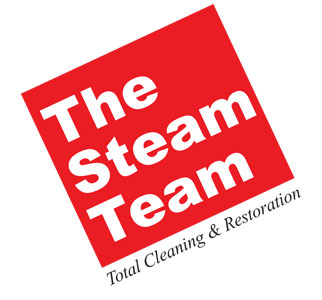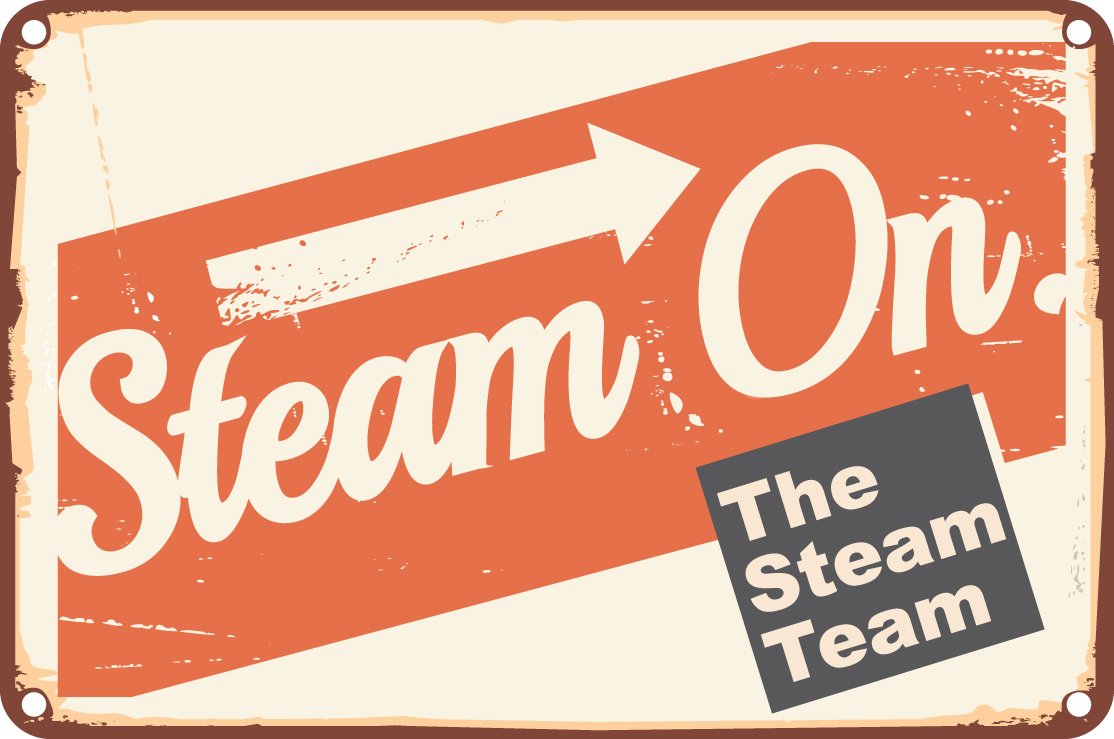Navigating the Aftermath: Comprehensive Guide to Cleaning Up After a Kitchen Fire with Heavy Smoke
/Restoration contractor austin
Introduction:
Experiencing a kitchen fire can be a harrowing event, and the aftermath, particularly the cleanup process, can be equally challenging. Fires involving heavy smoke not only leave visible soot and damage but also introduce lingering odors that necessitate thorough and systematic cleaning. In this comprehensive guide, we will delve into the step-by-step process of cleaning up after a kitchen fire with heavy smoke, addressing both visible damage and the less obvious but equally impactful effects of smoke.
Ensure Safety First:
Before embarking on the cleanup journey, prioritize safety. Ensure that the fire has been fully extinguished, and the kitchen is safe to enter. If necessary, consult with the fire department or a professional inspector to assess structural integrity and potential hazards. Wear appropriate personal protective equipment (PPE), including gloves, masks, and safety goggles, to safeguard against residual smoke particles and cleaning chemicals.
Assess the Extent of Damage:
Begin the cleanup process by conducting a thorough assessment of the damage caused by the kitchen fire. Examine the affected areas, taking note of visible soot, damage to appliances, cabinets, walls, and ceilings. Pay attention to the degree of smoke penetration, as smoke particles can infiltrate porous surfaces, leading to lingering odors. This assessment will guide the subsequent steps in the cleanup process.
Ventilate the Space:
Before diving into the cleaning process, facilitate proper ventilation to remove any remaining smoke or lingering odors. Open windows and doors to allow fresh air to circulate throughout the kitchen. Consider using fans to enhance air circulation and expedite the dissipation of odorous particles. Adequate ventilation is crucial in creating a safer and more comfortable environment for the cleanup efforts.
Remove Soot and Residue:
Soot, a byproduct of combustion, often settles on surfaces as a fine, black powder. Begin by dry cleaning surfaces to remove loose soot using a dry chemical sponge or a vacuum cleaner equipped with a HEPA filter. Exercise caution to avoid spreading the soot further. Once loose soot is removed, proceed to clean surfaces with a specialized smoke and soot cleaner, following the manufacturer's instructions carefully.
Clean and Sanitize Surfaces:
Soot and smoke residue can adhere to various surfaces, including countertops, appliances, and walls. Clean these surfaces with a combination of mild detergent and warm water. For more stubborn stains, consider using a specialized cleaner designed to cut through smoke residue. Sanitize surfaces thoroughly to eliminate any lingering bacteria or contaminants.
Evaluate Appliances and Electronics:
Kitchen appliances and electronic devices are susceptible to smoke damage, which can affect their functionality. Consult with professionals to assess the condition of these items. In some cases, appliances may need repairs or replacement due to the impact of smoke and heat. Electronics should undergo a thorough inspection to ensure their safety and functionality.
Address Smoke Odors:
One of the most challenging aspects of post-fire cleanup is addressing lingering smoke odors. Begin by removing and cleaning curtains, blinds, and other soft furnishings. Launder or dry-clean items as needed to eliminate odors. For walls and ceilings, use a specialized smoke odor neutralizer or a mixture of white vinegar and water. Consider placing bowls of activated charcoal or baking soda in strategic locations to help absorb lingering odors.
Clean and Disinfect HVAC Systems:
The HVAC (heating, ventilation, and air conditioning) system can circulate smoke particles throughout the home. Clean and disinfect the HVAC system, including ducts and filters, to prevent the spread of odors. Consider replacing air filters, as they may have trapped smoke particles. Consult with HVAC professionals to ensure that the system is thoroughly cleaned and functioning optimally.
Inspect and Clean Cabinets and Cupboards:
Kitchen cabinets and cupboards may retain smoke residue, especially if they are made of porous materials. Inspect both the exterior and interior surfaces, removing items and cleaning them individually. Wipe down surfaces with a mixture of mild detergent and water, and consider using a specialized cleaner for stubborn stains. Ventilate the cabinets thoroughly to eliminate trapped odors.
Flooring: Addressing Soot and Odors:
Flooring, whether tile, hardwood, or carpet, requires meticulous attention during the cleanup process. Vacuum or sweep loose soot from hard surfaces and carpets. For carpets, consider professional cleaning or replacement if the damage is severe. Clean and sanitize hard flooring surfaces, and use specialized odor-neutralizing products to address any lingering smells.
Consult with Restoration Professionals:
In cases of extensive damage, or if the cleanup process becomes overwhelming, consider consulting with restoration professionals. These experts have the knowledge, experience, and specialized equipment to address fire and smoke damage comprehensively. Restoration professionals can conduct a thorough assessment, provide detailed cleanup plans, and ensure that the property is restored to a safe and habitable condition.
Work with Your Insurance Provider:
Contact your insurance provider promptly to initiate the claims process. Provide detailed documentation, including photographs and a comprehensive list of damaged items. Work closely with the insurance adjuster to ensure that all necessary repairs and replacements are covered. Prompt communication with your insurance provider facilitates a smoother and more efficient recovery process.
Prevent Future Incidents:
After the cleanup process is complete, take proactive measures to prevent future kitchen fires. Install smoke detectors in strategic locations, check and replace batteries regularly, and consider investing in a fire extinguisher for the kitchen. Practice safe cooking habits, such as never leaving cooking unattended and keeping flammable materials away from heat sources. These preventive measures contribute to a safer and more secure home environment.
Conclusion:
Cleaning up after a kitchen fire with heavy smoke is a meticulous and comprehensive process that requires attention to detail, safety precautions, and perseverance. By systematically addressing visible damage, eliminating smoke odors, and consulting with professionals when needed, individuals can navigate the aftermath of a kitchen fire and restore their homes to a safe and habitable condition. Additionally, working closely with insurance providers and implementing preventive measures ensures a more secure and resilient living environment in the future.




